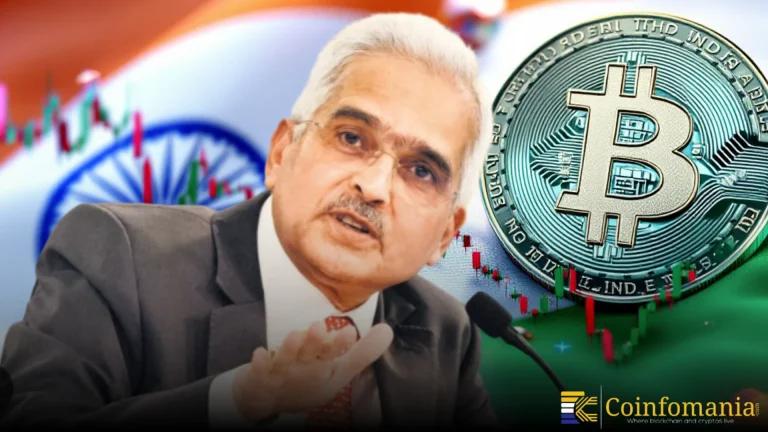Malaysia Central Bank Launches RWA Tokenization Roadmap
Bank Negara Malaysia (BNM) released a three-year RWA tokenization roadmap, establishing an Innovation Hub to pilot use cases.

Quick Take
Summary is AI generated, newsroom reviewed.
Bank Negara Malaysia (BNM) launched a three-year roadmap to explore real-world asset (RWA) tokenization.
The roadmap includes pilot projects expected in 2026 for use cases like supply-chain and Islamic finance.
BNM has established a Digital Asset Innovation Hub to serve as a testing ground for collaboration and trials.
Projects must demonstrate tangible real-world benefits and technical feasibility without assuming DLT is the only fix.
Bank Negara Malaysia (BNM) has unveiled a new three-year roadmap to explore real-world asset (RWA) tokenization. This marks a major step toward integrating blockchain into the country’s financial system. The initiative aims to test practical use cases. From supply-chain finance to Islamic finance, with pilot projects expected to begin in 2026.
A Structured Approach to Tokenization
The central bank’s newly released report outlines a phased plan to explore tokenization under real market conditions. BNM has established a Digital Asset Innovation Hub and an industry working group to drive the project. The roadmap sets clear milestones, proof-of-concept and pilot programs in 2026. That is followed by expanded trials in 2027.
By setting this timeline, Malaysia positions itself among the early adopters in Asia. This explores blockchain-based solutions for traditional finance. The initiative is designed to be measured but ambitious, ensuring innovation without compromising regulatory stability.
Focus on Real-World Value
In its report, the central bank made it clear that tokenization must serve practical economic purposes. They will select each project based on three guiding principles. First, tokenization must deliver tangible real-world benefits. Which the team should demonstrate, not assume. The bank emphasized that they should only use blockchain when it adds measurable value.
Second, businesses should not treat distributed ledger technology (DLT) as a standalone fix. The report noted that traditional solutions might still better address some business challenges. Such as application programming interfaces (APIs). Third, each proposed tokenization project must be technically feasible under current capabilities. As the industry matures, the bank plans to widen the scope to include more complex use cases.
Industry Collaboration and Feedback
BNM has opened the door for industry input, inviting banks, fintech companies and blockchain developers. To submit their ideas for potential use cases by March 1, 2026. The goal is to ensure that the initiative reflects technological practicality and market demand.
The creation of the Digital Asset Innovation Hub will serve as a testing ground for collaboration between regulators and innovators. It’s also expected to help Malaysia strengthen its regulatory framework for digital assets. While fostering local expertise in blockchain based finance.
Looking Ahead
Malaysia approach stands out for its balance between innovation and caution. Instead of rushing to adopt tokenization at scale. BNM is taking a research-driven path, emphasizing proof, performance and public trust. If successful, the roadmap could reshape Malaysia’s financial infrastructure. It brings more efficiency to lending, asset management and trade finance.
It could also set the foundation for Sharia-compliant blockchain solutions. This is making the country a leader in Islamic digital finance. Consequently, by 2027, Malaysia could emerge as one of Southeast Asia’s most forward-looking hubs for regulated tokenized finance. This is because it blends modern technology with strong institutional oversight.
References
Follow us on Google News
Get the latest crypto insights and updates.


